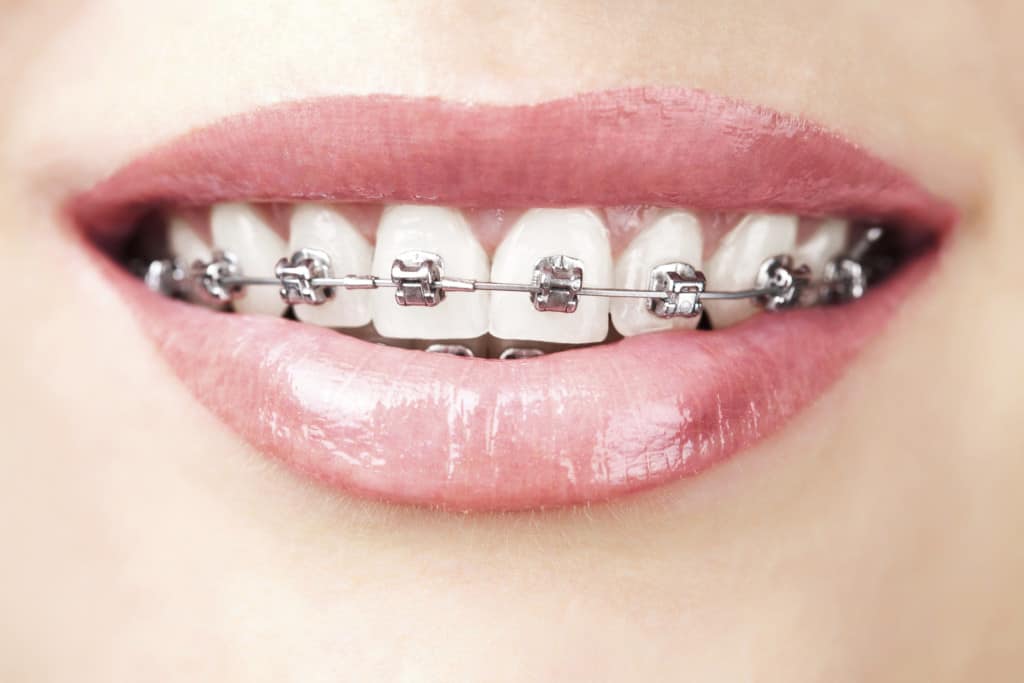
Dental braces would seem to be the kind of invention that was developed in the Victorian era and refined during the 20th century, as so many of our modern items seem to be. Given the necessary finesse in constructing and attaching braces, combined with the needed understanding of orthodontics, this hypothesis stands up to reason – but not the facts. Remarkable though it may be, braces have a far longer history than is commonly assumed.
Classical Braces
Dental braces go back not one or two centuries, but over two and a half millennia. The Greeks discussed ways to straighten teeth, for example, and archeologists have found remains with metal bands and catgut attached to the teeth such that the most reasonable conclusion to draw is these were early efforts at dental braces. The Etruscans, meanwhile, seem to have applied dental braces to their deceased, apparently in an effort to maintain the shape of the teeth for the afterlife. The Romans also provide examples of dental braces as well as occasional discussion on how it might be improved.
Unfortunately for the people of the era, the fall of Rome and the ensuing chaos of the Middle Ages halted development for a long, long time. Not until the 17th century would new developments be made in the field.
The Renaissance
As new ideas about science and learning spread, a great wave of new development swept across Europe. During the 17th century, this led to new advances in medicine, including in dental matters, and by the 18th century, it was yielding radically more effective new ideas. The Frenchman Pierre Fauchard often called the Father of Modern Dentistry, published a book entitled The Surgeon Dentist in 1728, and with it revolutionized the field. Among the tools he used was a “bandeau”, an iron device intended to assist in correcting the dental arch, much as modern orthodontics does with more advanced devices today.
Soon Fauchard’s work would spread and be built on by many other learned people, including another Frenchman, Louis Bourdet, who was a personal dentist to the King. Bourdet would go on to refine and improve the bandeau as well as making other developments in what would come to be called orthodontics.
The Victorian Era
With the advent of many new scientific theories and technological advancements, the Victorian era is when orthodontics truly came into its own. As the 19th century progressed, new advancements significantly improved the state of dental healthcare and allowed for far more effective (and more comfortable) orthodontic work. Inventions like the wire crib and gum elastics helped radically improve the efficacy of the field, whilst other dentists would work on describing the mouth and jaw and developing theories about how dental corrections could be improved.
20th Century Changes
The ‘father’ of modern American orthodontics is Edward Angle, a dentist who came to specialize in orthodontics and would work on several great advances to help dentists understand what they faced and how to perform orthodontic work. By the 20th century, he had begun to found orthodontic schools as well as the American Association of Orthodontists that promulgated his ideas, and today’s dentists still use Angle’s system of classification to describe teeth for the purposes of orthodontics.
Thanks to developments stretching back at least 2,500 years, people today enjoy refined and effective orthodontics which are much less intrusive than that of previous eras. It remains to be seen where the next big developments will come from, but the field will surely continue to advance.